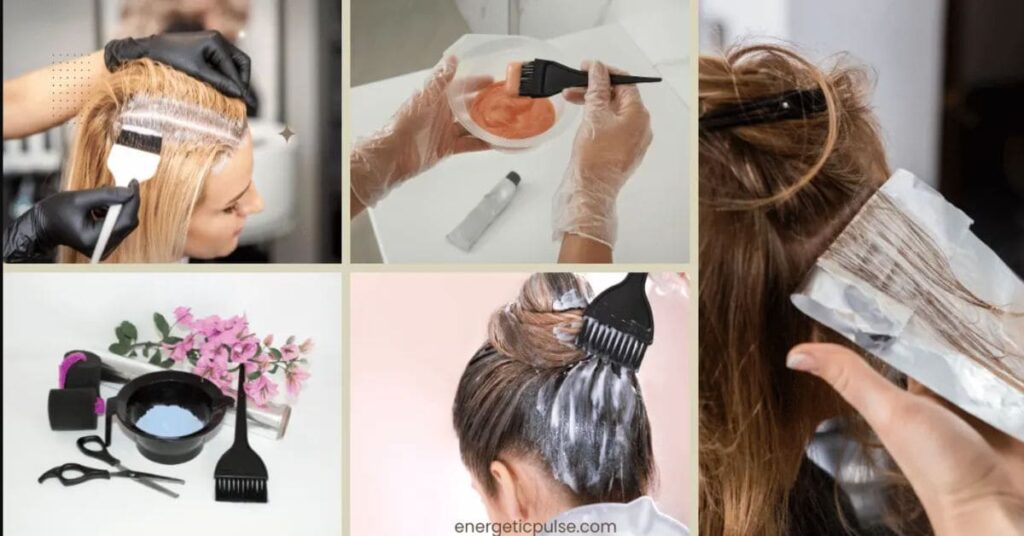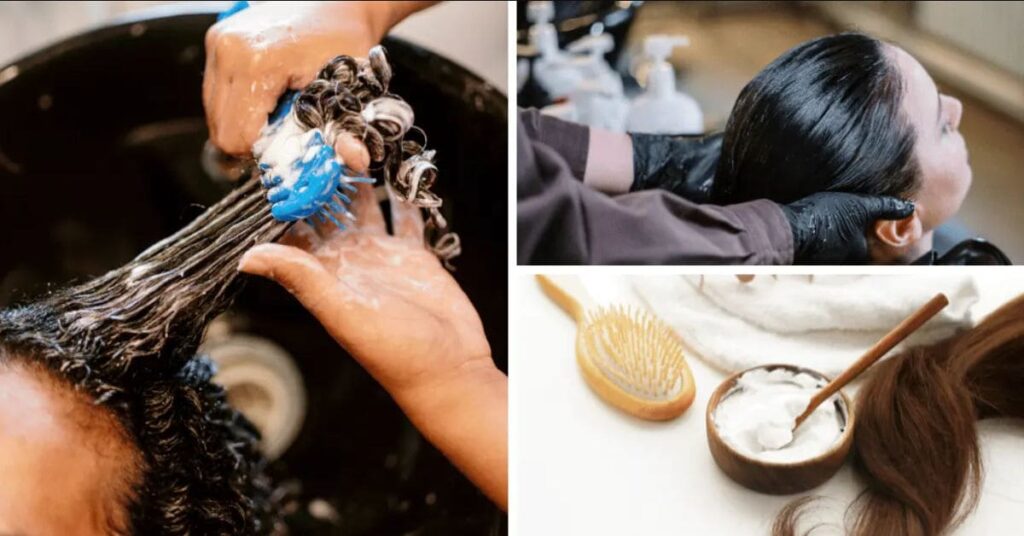Different Types of Hair Extensions
Hair extensions have taken the beauty world by storm, offering anyone the chance to transform their hair length, volume, and style in just a matter of hours. Whether you’re looking for long, flowing locks or just a little extra volume, hair extensions are your go-to solution. But with so many options out there, which one should you choose?
In this guide, we’ll walk through the different types of hair extensions, how they work, and the pros and cons of each. By the end, you’ll have all the information you need to pick the perfect extensions for your style.
What Are Hair Extensions?
Hair extensions are strands of natural or synthetic hair that are attached to your real hair. They add length, volume, and sometimes color. You can wear them for a day or several months, depending on the type and how well you care for them.
Types of Hair Extensions
1. Clip-In Hair Extensions
Clip-in hair extensions are the most popular type due to their ease of use. These come as individual wefts of hair that you simply clip into your hair at the roots.
Pros:
- Easy to apply and remove at home
- No damage to natural hair
- Great for occasional use
Cons:
- Can feel heavy if worn for long periods
- May not blend seamlessly if not installed correctly
2. Tape-In Hair Extensions
Tape-in hair extensions are another semi-permanent option. These extensions come with a strip of tape at the top, which is applied to your hair using a heating tool. They typically last around 6-8 weeks before needing to be replaced.
Pros:
- More natural-looking than clip-ins
- Lasts longer than temporary options
- Lightweight and comfortable
Cons:
- Requires professional application
- Can damage natural hair if not cared for properly
3. Sew-In (Weave) Hair Extensions
For sew-in extensions, your natural hair is braided into tight cornrows, and the extensions are sewn into the braids using a needle and thread. This is a popular choice for those with thick, coarse hair.
Pros:
- Long-lasting and secure
- Perfect for adding volume and length to thicker hair types
Cons:
- Can be painful and put tension on the scalp
- Requires professional application
- Regular maintenance is needed to avoid damage
4. Micro-Link Hair Extensions
Micro-link extensions (also called micro-beads or micro-loop extensions) are applied strand-by-strand. Tiny metal beads are used to attach the extension to small sections of your natural hair.
Pros:
- No glue or heat involved
- Hair moves more naturally
Cons:
- Can cause breakage if beads are too tight
- Requires professional installation
Permanent vs. Temporary Hair Extensions
Now that we’ve covered some popular types of hair extensions, it’s important to understand the difference between permanent and temporary options.
Temporary Extensions
If you’re looking to switch up your hairstyle for a day or night out, temporary extensions are perfect. Clip-ins and halo extensions are popular options, allowing you to add length and volume instantly without the need for professional help.
Temporary extensions are:
- Easy to install and remove on your own
- Great for anyone who wants to switch up their look occasionally
- Cost-effective compared to permanent options
Permanent Extensions
Permanent extensions, like tape-ins, sew-ins, and micro-link extensions, are ideal for long-term wear. These are professionally applied and can last from several weeks to months, depending on the type and how well you maintain them.
Choosing Between Synthetic and Human Hair Extensions
When selecting hair extensions, you’ll also need to choose between human hair extensions and synthetic hair extensions. Both have their advantages, but understanding the difference will help you make the right choice for your needs.
Human Hair Extensions
Human hair extensions are made from real, natural hair, which makes them look and feel more realistic. They can be styled with heat tools, dyed, and treated just like your own hair.
Pros:
- Look and feel natural
- Can be dyed and styled
- Long-lasting if cared for properly
Cons:
- More expensive than synthetic options
- Requires more maintenance
Synthetic Hair Extensions
Synthetic hair extensions are made from man-made fibers designed to mimic real hair. They’re usually more affordable than human hair extensions but come with limitations, especially in terms of styling.
Pros:
- Affordable
- Available in a variety of styles and colors
Cons:
- Cannot be styled with heat tools
- Shorter lifespan compared to human hair
How to Care for Hair Extensions
Caring for hair extensions is crucial to ensuring they last as long as possible. Here are some tips to keep them looking their best:
- Brush Regularly: Gently brush your extensions using a soft-bristle brush to avoid tangling.
- Wash Sparingly: Wash your extensions as needed with sulfate-free shampoo to avoid drying them out.
- Avoid Heat: If you’re wearing synthetic hair extensions, avoid using heat tools like curling irons or straighteners.
- Sleep with Care: If you’re wearing permanent extensions, tie your hair into a loose braid before bed to prevent tangling.
Conclusion
Hair extensions are a fantastic way to change up your look, whether you’re after a temporary change for a night out or a more permanent style boost. From clip-ins to tape-ins, each type of extension has its own pros and cons, and the best choice depends on your hair type, lifestyle, and the look you’re going for.
By understanding the different types of hair extensions, how they work, and what maintenance they require, you’ll be able to make an informed decision that leaves you with the hair of your dreams!
Whether you go for clip-ins, tape-ins, or sew-ins, the most important thing is to feel confident and beautiful with your new hair.


